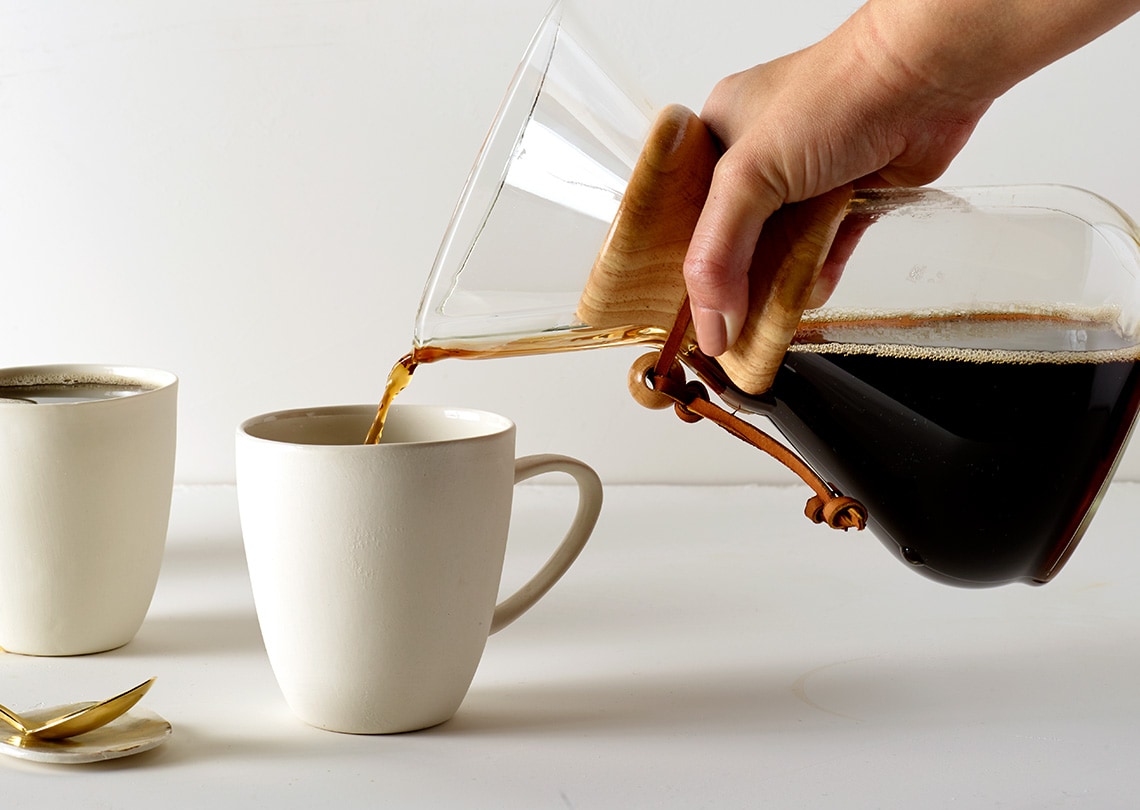Coffee Connoisseur's Corner: Where Taste Satisfies Tradition
Coffee Connoisseur's Corner: Where Taste Satisfies Tradition
Blog Article
Delight In the Ultimate Coffee Fan's Guide: From Bean Option to Brewing
Embark on a trip with the intricate globe of coffee, where the path from bean option to brewing unveils a world of possibilities waiting to be discovered. Comprehending the nuances of various coffee beans, the alchemy of roasting accounts, and the mastery of developing approaches are just the start of a coffee enthusiast's pursuit for the best cup. As we dig into the art of improving flavors and discover the keys to a perfect extraction, the appeal of crafting a personalized coffee experience bids, promising a sip of pure happiness with every mixture.
Comprehending Coffee Beans
The top quality and flavor account of coffee are significantly affected by the type of coffee beans utilized in the developing process. Coffee beans are normally classified into 2 major types: Arabica and Robusta. Arabica beans are understood for their fragile flavors, higher level of acidity, and complexity. These beans are typically taken into consideration exceptional in top quality and are preferred by specialty coffee lovers. On the other hand, Robusta beans are characterized by their strong, strong flavor, higher caffeine material, and a little bitter preference. They are typically utilized in blends and instantaneous coffee due to their cost and capacity to generate a thick crema.
Within these 2 major categories, coffee beans can further be distinguished by their country of origin, altitude at which they are grown, and the processing methods used. Factors such as dirt environment, structure, and growing practices all play a role fit the final taste account of the coffee beans. Comprehending these distinctions can help coffee fans value the varied variety of flavors and fragrances that various beans can use.
Discovering Roasting Accounts
When diving right into the globe of coffee, comprehending the complexities of roasting profiles is essential for appreciating the subtleties in flavor and scent that different roast levels impart to the beans. Roasting profiles describe the details temperature level, duration, and techniques used to roast coffee beans. The toasting procedure substantially affects the final preference of the coffee.
Roasting accounts can vary from light to dark, each offering distinct characteristics. Light roasts are baked at reduced temperatures for a shorter time, maintaining the bean's initial flavors and level of acidity. Tool roasts strike a balance in between taste retention and development, causing a somewhat richer taste. Dark roasts are baked at greater temperatures for a longer period, causing bold tastes, lower acidity, and usually a smoky or bitter undertone.
Exploring various roasting accounts allows coffee fanatics to experience a diverse array of flavors and fragrances, from fruity and floral notes in light roasts to the durable, caramelized tones of dark roasts - Coffee. Comprehending toasting profiles encourages coffee enthusiasts to pick beans that align with their choices, ensuring an absolutely customized coffee experience
Learning Developing Approaches
Understanding toasting profiles sets the structure for understanding brewing techniques in the world of coffee admiration. As soon as you have actually selected the perfect roast for your taste choices, it's necessary to choose the ideal developing method to draw out the tastes and aromas secured within the beans. Each brewing method, whether it be pour-over, French press, espresso, or cold mixture, offers a distinct method to display the subtleties of the coffee beans.
The work dimension plays a crucial role in brewing methods. Different brewing methods need certain work sizes to make sure useful link ideal removal. As an example, a great work appropriates for coffee makers, while a rugged work is better suited for French press developing.
When understanding brewing techniques,Water temperature and brewing time are likewise vital elements to take into consideration. Adjusting these variables can substantially influence the last taste of the coffee. Trying out different developing techniques and fine-tuning your technique imp source with time will certainly improve your coffee developing abilities and elevate your total coffee experience.
Enhancing Taste With Additions
Discovering different additives such as flavorful syrups, flavors, or alternative milk alternatives can improve the overall taste profile of your coffee. Flavorful syrups, ranging from timeless vanilla and caramel to unique tastes like lavender or hazelnut, offer a fragrant and wonderful touch to your brew. Coffee. Flavors such as cinnamon, nutmeg, or cardamom can add deepness and warmth to your coffee, developing a complex and abundant flavor experience
For those aiming to explore milk options, alternatives like oat, almond, or coconut milk can offer a velvety appearance and a subtle tip of their unique tastes, enhancing the coffee's taste. Explore different combinations of ingredients allows you to personalize your coffee to match your preferences, whether you like an indulgent and sweet treat or an extra robust and spiced flavor account. Bear in mind to start with percentages of ingredients and adjust according to taste, making certain a harmonious balance of tastes in each mug.
Tips for the Perfect Mug

Different brewing approaches call for different grind dimensions for the finest results. Experiment with numerous work sizes to locate the best one for your favored brewing approach.
Water high quality is typically neglected yet is similarly essential. Constantly utilize fresh, filtered water to ensure a clean taste in your coffee. Water that is also soft or too difficult can adversely affect the taste. Keep in mind to brew your coffee at the ideal temperature. Coffee. The ideal variety is between 195-205 ° F(90-96 ° C )for a well balanced extraction and tasty cup of coffee.
Verdict
Finally, understanding the art of coffee brewing needs focus to detail and trial and error with various aspects such as bean selection, toasting accounts, brewing techniques, and taste enhancements. By comprehending the nuances of coffee preparation and constantly improving your technique, you can produce a exceptional and individualized coffee experience. Bear in mind to prioritize quality components and specific dimensions to elevate your coffee game to brand-new elevations of satisfaction.
Understanding the nuances of different coffee beans, the alchemy of roasting accounts, and the proficiency of developing approaches are just the beginning of a coffee lover's mission for the best mug.The top quality and taste account of coffee are greatly influenced by the type of coffee beans used in the brewing process. Exploring with different brewing techniques and fine-tuning your method over time will certainly improve your coffee developing skills and raise your general coffee experience.

Report this page